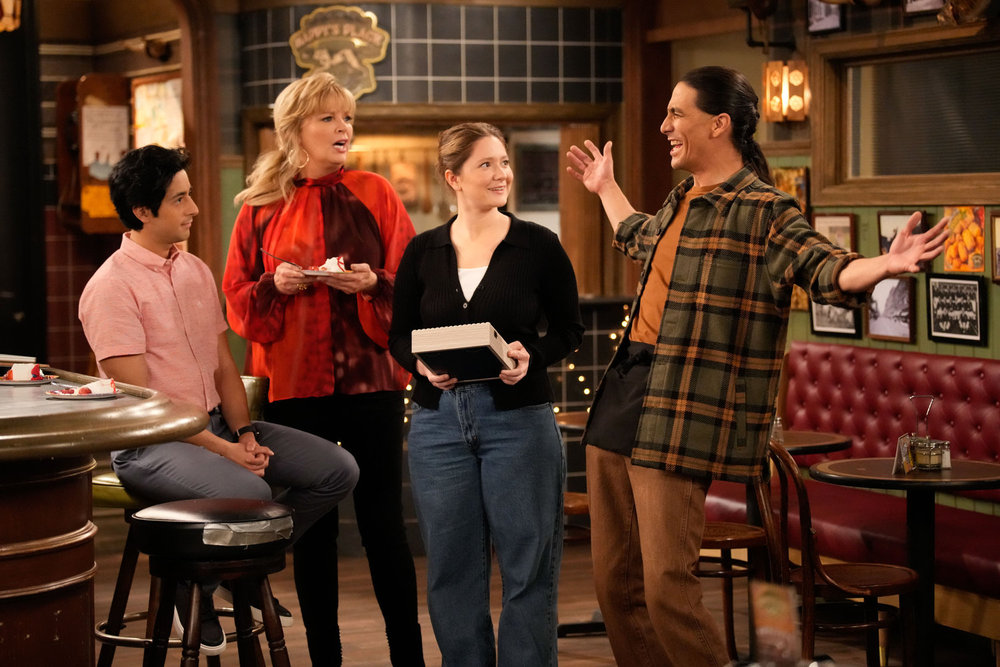Sloman takes credit for suggesting Cale for I’m Your Fan, which is fair, but only so interesting. And while Irish singer/songwriter Glen Hansard has a right to say that Cale is a master of stripping songs down to their essential parts, Cohen’s music was never exactly ornate, with the notable exception of the corrosive and free-wheeling Phil Spector-produced album Death of a Ladies’ Man. That record gets conveniently dismissed as an example of a known producer imposing his will and sound on an elusive artist. As opposed to Cohen’s collaboration with New Positions producer John Lissauer, who now understandably feels vindicated about that album and “Hallelujah” in particular.
Still, Death of a Ladies’ Man is different, just as Cohen’s later albums, especially Popular Problems and Old Ideas, are much more than brief footnotes to the “epilogue” of Cohen’s career. There are several such elisions and omissions in “Hallelujah: Leonard Cohen, A Journey, A Song,” some more telling than others. You don’t need to know that Nick Cave and the Bad Seeds’ cover of “Tower of Song,” which directly precedes Cale’s “Hallelujah” on I’m Your Fan, speaks to the many ways that talented artists can try and sometimes fail to add to Cohen’s music. There’s also barely any discussion of the song’s “naughty bits,” as “Shrek” co-director Vicky Jenson puts it when she talks about cutting Rufus Wainright’s “Hallelujah” cover from “Shrek” in favor of Cale’s version. But wait, didn’t Cale himself say that he focused on the “cheeky” verses of Cohen’s song? What’s this movie about again, and why are there so many bits of everything scattered throughout?
Geller and Goldfine don’t really go into the specifics of how Cohen’s verses of “Hallelujah” changed over the years (Sloman estimates that there was something like 150 to 180 verses in total). But they do talk with artists like Jeff Buckley, Cale, Eric Church, and Wainwright about their experiences performing “Hallelujah.” All interpretations are valid, according to Church: “none of ‘em are wrong.” Ok, but what’s right about the different versions of the song, and how has it maintained its greatness over time?























































![5 Ways to Improve Your LinkedIn Marketing Efforts in 2025 [Infographic] 5 Ways to Improve Your LinkedIn Marketing Efforts in 2025 [Infographic]](https://imgproxy.divecdn.com/Hv-m77iIkXSAtB3IEwA3XAuouMwkZApIeDGDnLy5Yhs/g:ce/rs:fit:770:435/Z3M6Ly9kaXZlc2l0ZS1zdG9yYWdlL2RpdmVpbWFnZS9saW5rZWRpbl9zdHJhdGVneV9pbmZvMi5wbmc=.webp)















